8 Abandoned Nevada Places Where Beauty Meets The Creepy
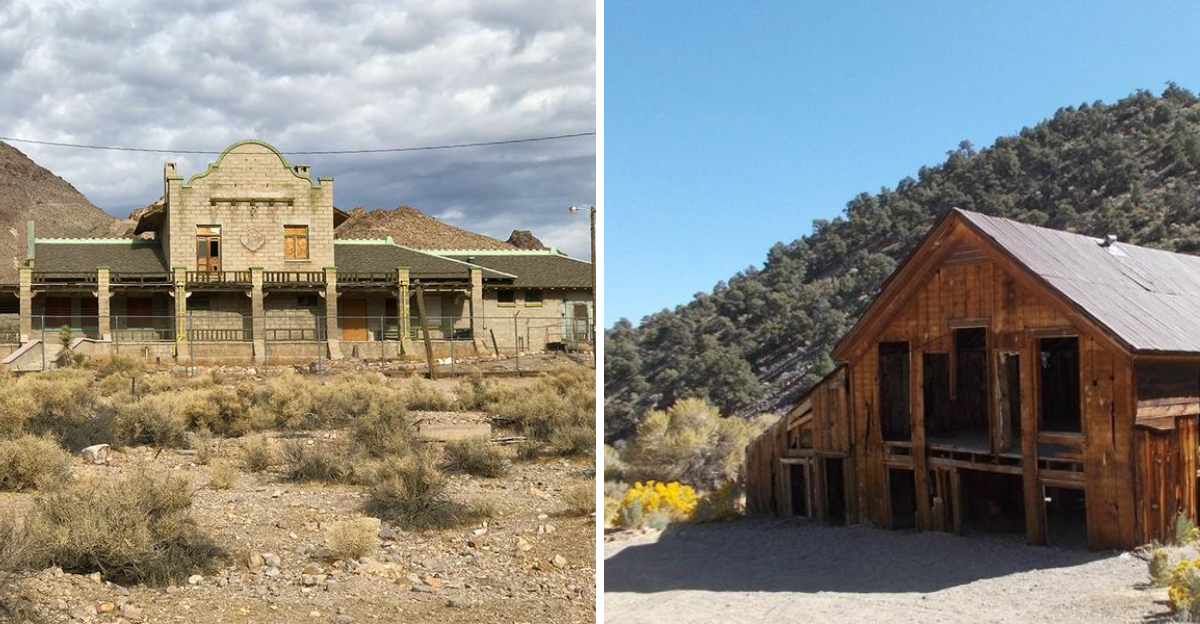
Amid the vast, desolate desert, where time seems to stand still, lie remnants of once-thriving towns and forgotten dreams. These abandoned places, left to the mercy of wind and time, evoke a strange mix of beauty and eeriness.
Nature has slowly reclaimed the land, wrapping its fingers around decaying structures, while the past lingers in the form of rusted relics and crumbling walls. In this hauntingly beautiful corner of the world, eerie silence is interrupted only by the whispers of history.
These are 8 abandoned Nevada places where beauty and the creepy collide, creating a unique and unforgettable experience for those brave enough to explore.
1. Delamar Ghost Town
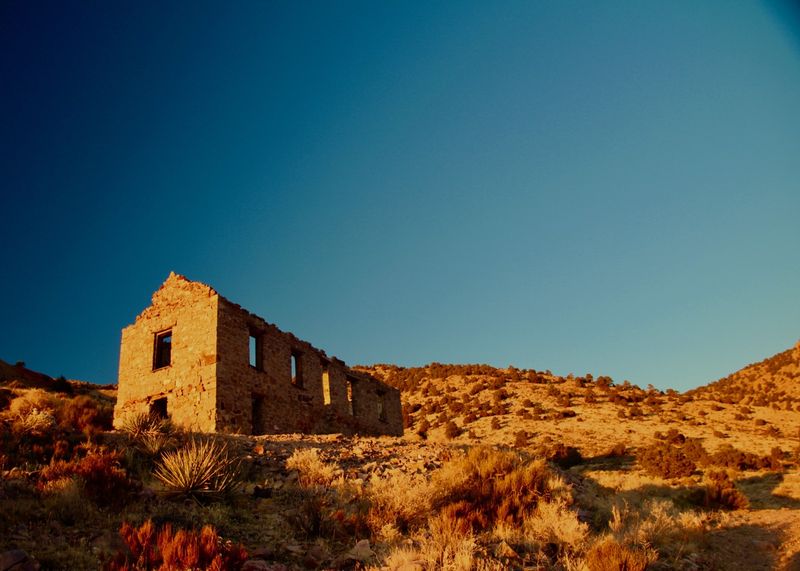
They called it the Widowmaker, and that nickname was not earned lightly. Mining operations here produced more than just gold and silver—they created deadly silica dust that destroyed miners’ lungs.
Dozens of workers died from silicosis, leaving behind grieving families and a town cursed by tragedy. Founded in 1892, Delamar once boasted 3,000 residents and dreams of prosperity.
Now only crumbling stone walls and rusted equipment remain scattered across Lincoln County’s harsh terrain, whispering tales of ambition that came at too high a price.
2. Rhyolite Ghost Town

Picture a town that went from zero to 5,000 people in just two years, then crashed harder than a dropped phone. Rhyolite exploded onto the scene in 1905 when gold fever gripped the Bullfrog Hills.
Banks, schools, and even an opera house popped up faster than you could say jackpot. But by 1916, the party was over. Today, skeletal buildings stand like frozen memories against Death Valley’s edge.
The famous Bottle House, built from 50,000 bottles, still stands as a quirky monument to miners who knew how to recycle before it was cool.
3. Gold Point Ghost Town
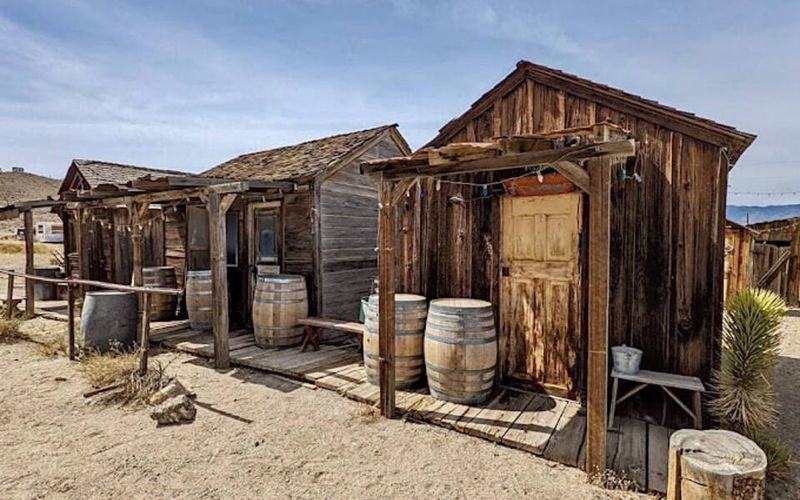
Gold Point refuses to die completely, making it the zombie of Nevada ghost towns. Originally named Hornsilver in 1880, this stubborn settlement has seen multiple revivals and collapses throughout its wild history.
A handful of modern caretakers actually live among the weathered buildings, preserving the past while greeting curious visitors. Rusty trucks, vintage signs, and sun-bleached wood create an Instagram-worthy time capsule.
Walking these dusty streets feels like stepping onto a movie set, except everything here is authentically ancient and genuinely haunting.
4. Warm Springs Ghost Town

Hot water bubbling from the ground made this spot a natural oasis in Nevada’s unforgiving desert. Warm Springs served as a vital rest stop for weary travelers and miners from the 1860s through the early 1900s.
Stone ruins of old buildings still dot the landscape where natural hot springs once provided comfort and hope. The name sounds cozy, but isolation and harsh conditions eventually drove everyone away.
Today, only lizards and occasional adventurers visit this lonely outpost where nature’s warmth couldn’t keep the town’s heart beating.
5. Pine Grove Ghost Town
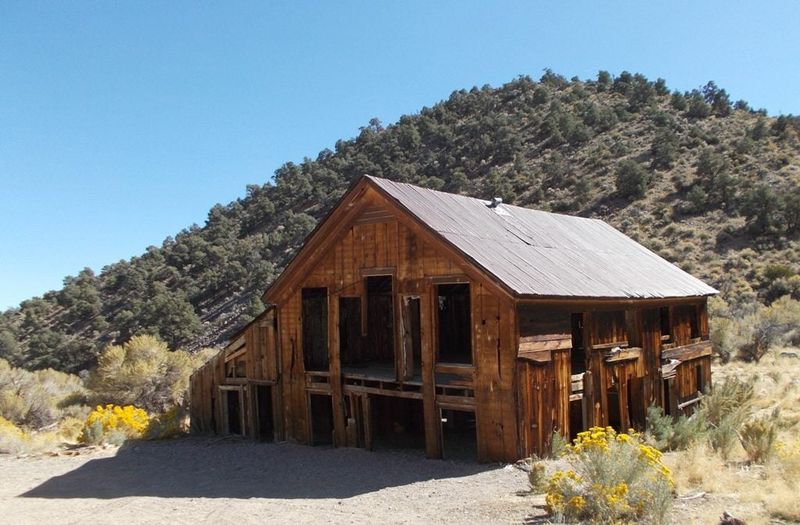
Tucked into western Nevada’s Pine Grove Hills, this forgotten settlement tells a classic tale of silver dreams gone bust. Prospectors flooded in during the 1860s when rich ore deposits were discovered nearby.
Within years, Pine Grove boasted hundreds of residents, multiple saloons, and all the chaos that comes with sudden wealth. But mines don’t produce forever, and by the 1880s, the silver ran dry.
Weathered cabins and mine shafts now sit silent among scattered pines, creating an atmosphere that is both peaceful and unsettling in equal measure.
6. Metropolis Ghost Town
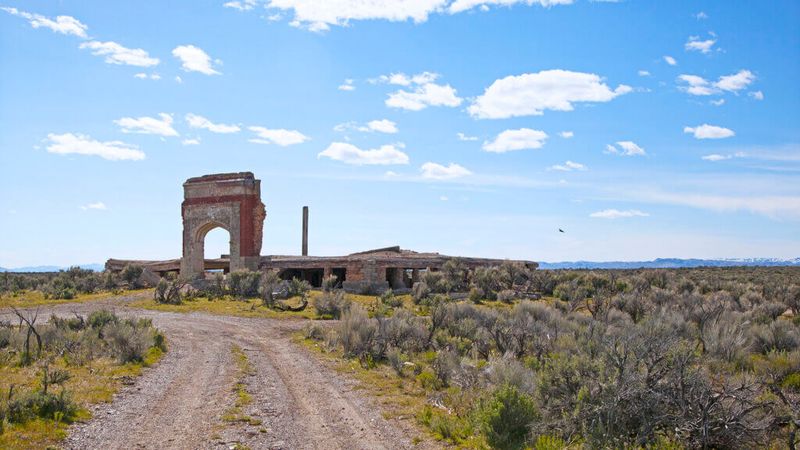
Someone had big plans and an even bigger sense of irony when naming this place. Metropolis was supposed to become a thriving agricultural paradise in northeast Nevada’s high desert during the early 1900s.
Developers promised irrigation, fertile farmland, and prosperity to hopeful settlers who bought into the dream. Reality delivered drought, failed crops, and broken promises instead.
By 1920, nearly everyone had abandoned their homesteads, leaving behind scattered foundations and rusted farm equipment. The grand metropolis never materialized, but the haunting remains certainly tell a powerful story about misplaced optimism.
7. Jarbidge
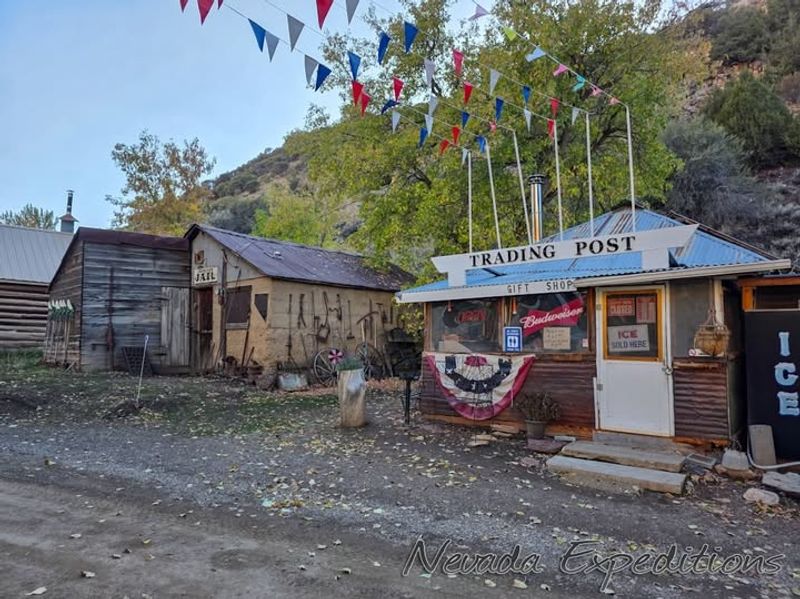
Jarbidge holds the distinction of hosting the last stagecoach robbery in American history, which happened in 1916. This remote mining town sits tucked into Elko County’s rugged Jarbidge Mountains, accessible only by rough roads.
Gold discoveries in 1909 brought hundreds of fortune-seekers to this isolated canyon. While mostly abandoned now, a few hardy souls still call Jarbidge home year-round.
Historic buildings line the main street, and the surrounding wilderness creates a hauntingly beautiful backdrop that feels frozen somewhere between past and present.
8. Ruby City

Ruby City sprang up in the Ruby Valley when prospectors discovered silver deposits in the 1860s. Optimistic miners and merchants built homes, stores, and saloons, convinced they had found the next big strike.
The town grew quickly but burned out even faster when richer deposits were found elsewhere. By the 1870s, most residents had packed up and chased new opportunities.
What remains today are scattered stone foundations and mining debris slowly being reclaimed by sagebrush and desert winds, creating a melancholy scene of faded ambitions.
